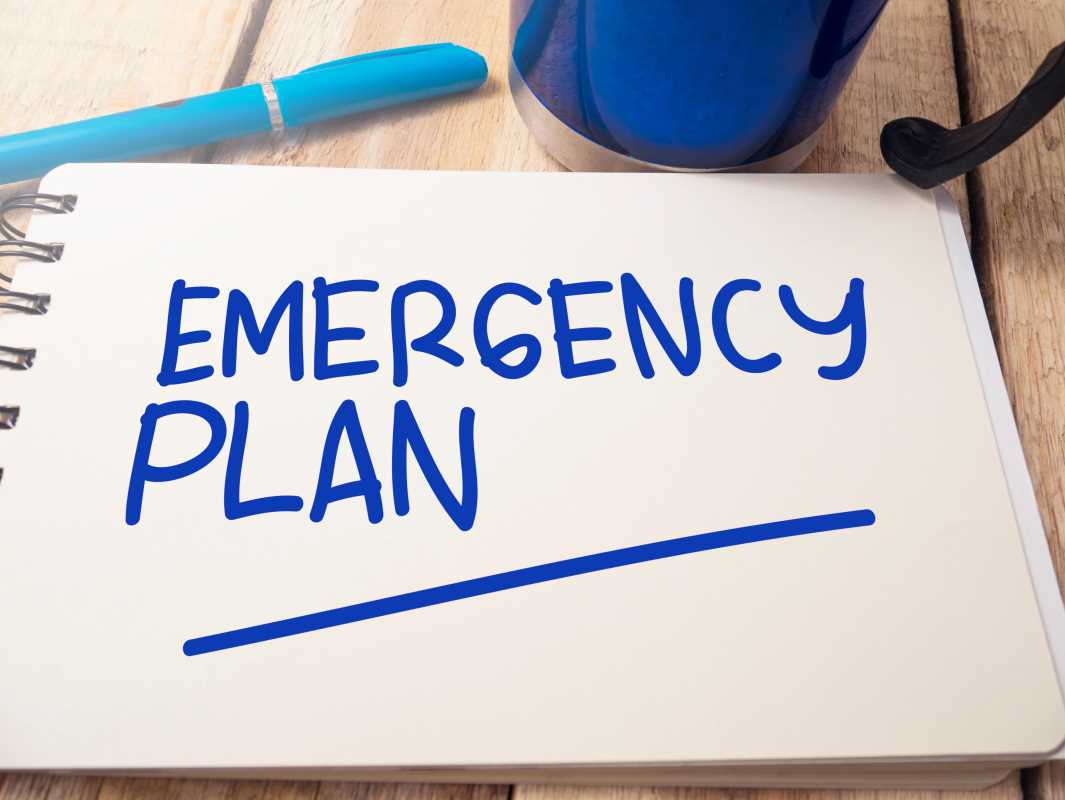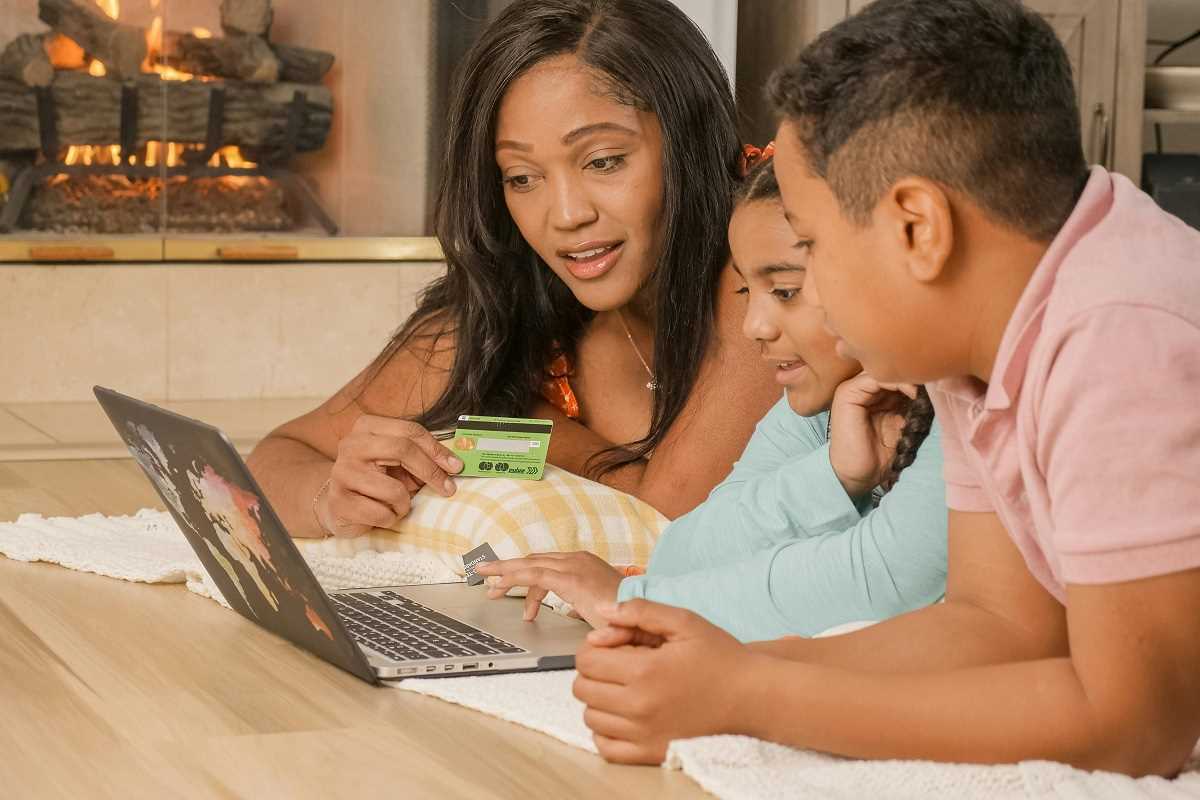Emergencies can happen without warning, from natural disasters to unexpected home accidents. Being prepared with a clear and effective family emergency plan can make all the difference in ensuring everyone stays safe and knows what to do. It’s not just about having a plan but ensuring that each family member understands their roles, the communication processes, and the steps to take during various scenarios.
Here’s a step-by-step guide to help you create a family emergency plan that everyone can understand and follow with confidence.
1. Start by Identifying Potential Risks
The first step in creating an emergency plan is understanding the types of emergencies most likely to impact your family. Every location comes with its own risks, from earthquakes and hurricanes to power outages or local emergencies. Discuss these possibilities as a family so everyone is aware of the potential situations they may face.
How to Identify Risks:
- Research common emergencies in your area (e.g., wildfires, tornados).
- Consider household-specific risks such as medical emergencies or fire.
- Prepare for both large-scale events (natural disasters) and smaller, everyday problems (power outages).
Being informed about risks helps your family develop relevant action plans tailored to your needs rather than a generic response.
2. Establish Clear Communication Channels
During emergencies, clear and reliable communication is key. Families may get separated, so establishing how and where you’ll communicate ensures everyone can connect if needed.
Steps to Set Up Communication:
- Choose a Primary Contact: Designate a family member who lives in a different area to serve as the emergency contact person. Everyone can call or text this individual to share updates.
- Agree on Communication Tools: Decide on backup methods if cell service is unavailable, such as walkie-talkies or a family messaging app.
- Share Contact Lists: Create a printed list of important numbers, including neighbors, schools, and local emergency services, for each family member.
Pro Tip: Teach younger family members how to use emergency hotlines like 911 and ensure they know their address and critical safety terms.
3. Assign Roles and Responsibilities
When emergencies occur, confusion can lead to delays in taking action. Assigning roles and responsibilities for specific tasks ensures that everyone knows their part and can act quickly.
Examples of Roles by Family Member:
- Parents or Guardians: Monitor developing emergencies through news alerts and direct family responses. Handle securing the home or evacuating.
- Older Children: Assist with younger siblings, gathering supplies, or contacting the emergency contact.
- Younger Children: Practice specific, simple actions like staying in designated safe zones and following adult instructions.
Write down these roles and review them as a family so there’s no uncertainty.
4. Prepare Emergency Supplies
Having a well-stocked emergency kit is crucial for handling unpredictable situations. Create kits for home, work, and vehicles to ensure you’re prepared wherever you are.
Essential Items for Your Emergency Kit:
- Food and Water: At least three days' worth of non-perishable food and one gallon of water per person per day.
- First Aid Supplies: Bandages, antiseptic, pain relievers, and any necessary prescription medications.
- Tools and Essentials: Flashlights, extra batteries, a multi-tool, and a whistle for signaling help.
- Personal Items: Copies of important documents, cash, and a list of any allergies/medical conditions.
- Comfort Items: Blankets, spare clothes, and essentials for children or pets.
Store these items in a waterproof container and check your supplies twice a year to ensure nothing expires or needs replacing.
5. Create an Evacuation Plan
Some emergencies may require you to leave your home quickly. Your evacuation plan should include details on how to safely exit your home and where to regroup.
Steps to Create Your Evacuation Plan:
- Map Out Routes: Identify the fastest and safest exits from your home. Ensure all family members know these routes.
- Pick Meeting Spots: Select a safe outdoor location near your home for quick escapes (e.g., the mailbox) and a secondary spot farther away in case you need to evacuate the neighborhood.
- Plan Transportation: If you have a car, map out evacuation routes. Without a car, research local shelters or contacts who can provide assistance.
- Practice With the Family: Conduct evacuation drills twice a year to ensure everyone understands what to do and can get out quickly.
6. Account for Pets and Special Needs
Pets and family members with special needs require extra consideration. Make sure their needs are addressed within your emergency plan.
For Pets:
- Include pet food, water, leashes, and carriers in your emergency kits.
- Research pet-friendly shelters or accommodations in your area.
For Special Needs:
- Keep medical supplies and assistive devices (like wheelchairs or hearing aids) easily accessible.
- Write detailed instructions for caregivers in case help is needed.
Taking these extra steps ensures the safety and comfort of all family members during emergencies.
7. Practice and Review Regularly
A plan is only effective if everyone knows how to follow it. Regular practice builds confidence and helps uncover any gaps or needed adjustments.
How to Practice Your Plan:
- Conduct drills for scenarios like fire evacuation or contacting your emergency phone list.
- Test your supplies (e.g., ensuring flashlights work or verifying food expiration dates).
- Review and update the plan annually or when major life changes occur, such as moving or changes in family size.
By turning emergency preparedness into a routine, you’ll ensure everyone feels confident and capable when it matters most.
 (Image via
(Image via





